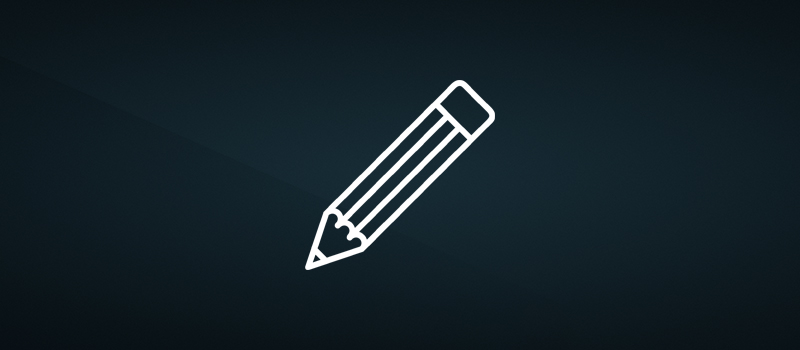

Create a journal entry: Development of the Unknown Artist

In the beginning of the CCAA, finding the Unknown Artist was one of its main aims. Explain the changes in the search for the Unknown Artist within the last 15 year and discuss possible outside factors which fueled this development.
Share your experiences and have a look at the journals of other participants.
Feel free to comment.
The 'Unknown Artist'
At the beginning of the CCAA, the search of finding the 'Unknown Artist' ran alongside the journey of discovery of a new, unknown award. As Uli Sigg pioneered this unique institution, it did not only begin the search for the unknown but also initiated the uncovering of an entirely new artistic cannon; Chinese contemporary art. For years such artists worked 'underground', hiding from government censorship and concealing their critique and diversion from tradition. Therefore, virtually all Chinese contemporary artists were, in a way, 'unknown'. Hence the task of finding these artists and leading them into the public eye was relatively easy.
The CCAA did not yet command the high standing or respect needed of an art award to attract artists of repute and more importantly, the fact that Chinese contemporary artists had rarely been exhibited or had access to the wider public meant that the majority of the CCAA's target artists were all 'unknown'.
Yet several developments have made the search for an 'Unknown' artist more difficult, as it become less of an ultimate aim and more of an added extra if one happens to be discovered.
With the growing CCAA network, incorporating internationally regarded curators, artists and critics, it is not only the CCAA but also Chinese contemporary art that has become more globalised. Ever since the 1998 Venice Biennale in which Harald Szeeman, a CCAA juror, invited Chinese artists to exhibit for the first time, Chinese contemporary art has made a name for itself and had a big impact within the West. Furthermore, the Chinese government has realised the benefits of promoting contemporary art in order to soften China's image. As a result, Chinese contemporary artists have become more empowered to independently make a name for themselves; increasing the amount of artists who are no longer 'unknown'. Simultaneously the CCAA has become more institutionalised and internationalised which in turn encourages it to only nominate artists who are 'known', giving it less incentive to actively search for the 'unknown artist'.
At first, the change of the nomination process in the beginnings of the CCAA, where artists did not put themselves forward but were nominated by a board, benefitted the search for the 'Unknown Artist'. Instead of risking humiliation at nominating oneself and not winning, artists were instead chosen; nominators had to actively search for those artists who didn't dare nominate themselves - the 'unknowns'. However, now this change seems to have hindered the search for the 'unknown artist'. Nominators no longer feel the need to actively look for said 'unknown artists' because there are now numerous artists who work 'above ground' in China and who have already developed a name for themselves within Chinese contemporary art.
It seems that in order to continue discovering young, ambitious, new 'unknown artists', the CCAA needs to revise its methods of nomination and relive itself of the status of an international award that needs to maintain its integrity within the art world. The CCAA needs to take more risks in searching for unheard of artists in order to expand and further develop Chinese contemporary art and prevent it from becoming too Westernised.
